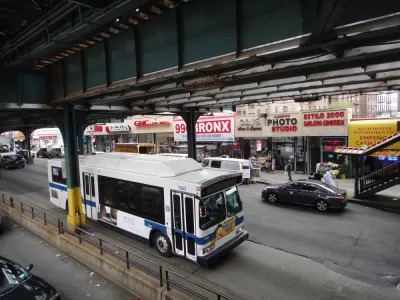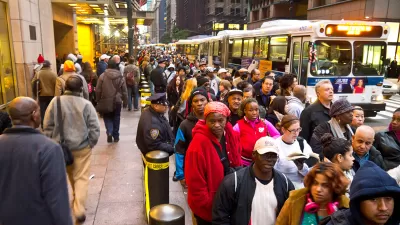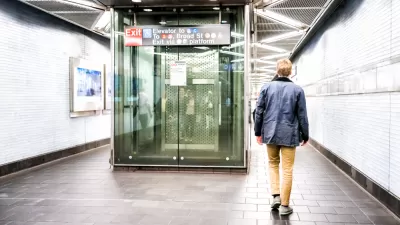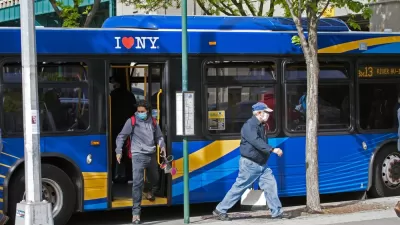Another example of how improving bus service design can benefit transit riders and transit systems emerges in New York City. More such local system redesigns are on the way soon in the Big Apple.

The MTA launched redesigned local bus service in the Bronx June 2022. Since then, buses are going faster with more riders on board, according to data shared recently by the New York MTA.
Dave Colon provides more detail on the changes and their results in an article for Streetsblog NYC.
Local buses ran 4 percent faster in the months after the redesign went into effect on the 13 routes the agency re-mapped, while overall speeds also increased borough-wide — by 2 percent on weekdays and 3 percent on weekends, according to the presentation.
Ridership, meanwhile, increased 6 percent after the redesign went into effect, Thompson said. The routes that received the most changes saw the biggest increases.
To revamp the system, according to Colon’s account of the changes, “the MTA made major changes to 13 of 46 routes, while also tweaking almost every line in the borough by streamlining routes and adding more space between stops, a process known as bus stop balancing.”
The Bronx changes are the first of a series of local bus service changes in the works by the MTA since 2019, adds Colon. Queens will be next, followed by Brooklyn.
Bu system redesigns have become popular since the city of Houston led the way with a redesign of the Metropolitan Transit Authority (Metro) bus system in 2015.
FULL STORY: Boogie Up: Speeds And Ridership Jump After Bronx Bus Route Changes

Maui's Vacation Rental Debate Turns Ugly
Verbal attacks, misinformation campaigns and fistfights plague a high-stakes debate to convert thousands of vacation rentals into long-term housing.

Planetizen Federal Action Tracker
A weekly monitor of how Trump’s orders and actions are impacting planners and planning in America.

San Francisco Suspends Traffic Calming Amidst Record Deaths
Citing “a challenging fiscal landscape,” the city will cease the program on the heels of 42 traffic deaths, including 24 pedestrians.

Defunct Pittsburgh Power Plant to Become Residential Tower
A decommissioned steam heat plant will be redeveloped into almost 100 affordable housing units.

Trump Prompts Restructuring of Transportation Research Board in “Unprecedented Overreach”
The TRB has eliminated more than half of its committees including those focused on climate, equity, and cities.

Amtrak Rolls Out New Orleans to Alabama “Mardi Gras” Train
The new service will operate morning and evening departures between Mobile and New Orleans.
Urban Design for Planners 1: Software Tools
This six-course series explores essential urban design concepts using open source software and equips planners with the tools they need to participate fully in the urban design process.
Planning for Universal Design
Learn the tools for implementing Universal Design in planning regulations.
Heyer Gruel & Associates PA
JM Goldson LLC
Custer County Colorado
City of Camden Redevelopment Agency
City of Astoria
Transportation Research & Education Center (TREC) at Portland State University
Jefferson Parish Government
Camden Redevelopment Agency
City of Claremont





























